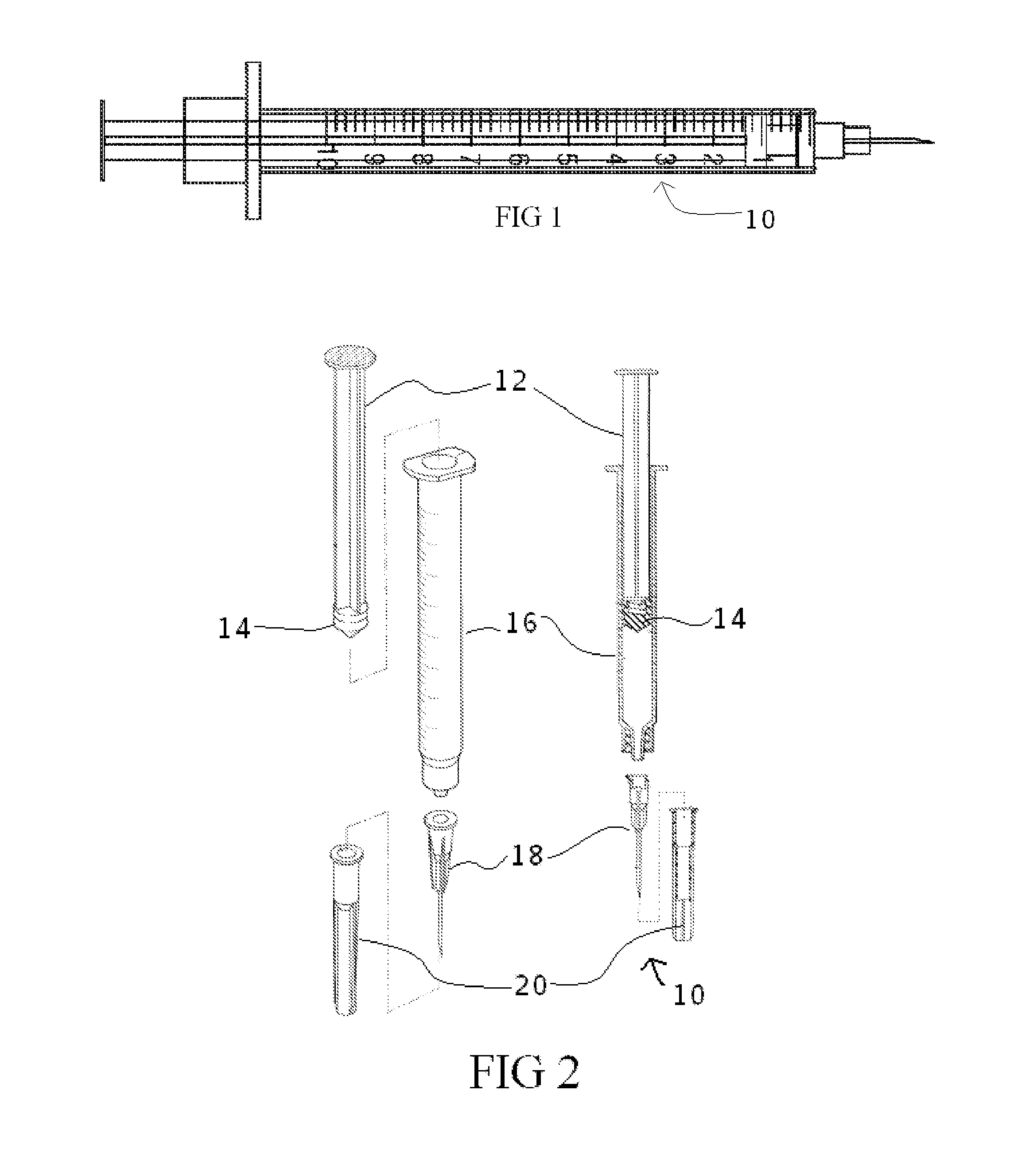Disposable Items Made From Bioplastic Resins
a technology of bioplastic resins and items, applied in the field of disposable items made from bioplastic resins, can solve the problems of cross-linked polymers having problems with biodegradation, causing fly ash to end up in landfills, and bioplastics, however, have poor permeability characteristics
- Summary
- Abstract
- Description
- Claims
- Application Information
AI Technical Summary
Benefits of technology
Problems solved by technology
Method used
Image
Examples
Embodiment Construction
[0040]The preferred embodiment and other embodiments, which can be used in industry and include the best mode now known of carrying out the invention, are hereby described in detail with reference to the drawings. Further embodiments, features and advantages will become apparent from the ensuing description, or may be learned without undue experimentation. The figures are not necessarily drawn to scale, except where otherwise indicated. The following description of embodiments, even if phrased in terms of “the invention” or what the embodiment “is,” is not to be taken in a limiting sense, but describes the manner and process of making and using the invention. The coverage of this patent will be described in the claims. The order in which steps are listed in the claims does not necessarily indicate that the steps must be performed in that order.
[0041]Embodiments of the present invention generally provide disposable syringes, multidose syringes, specimen tubes, scalpels, lancets, shar...
PUM
| Property | Measurement | Unit |
|---|---|---|
| refractive index | aaaaa | aaaaa |
| melting point | aaaaa | aaaaa |
| homogenous | aaaaa | aaaaa |
Abstract
Description
Claims
Application Information
 Login to View More
Login to View More - R&D
- Intellectual Property
- Life Sciences
- Materials
- Tech Scout
- Unparalleled Data Quality
- Higher Quality Content
- 60% Fewer Hallucinations
Browse by: Latest US Patents, China's latest patents, Technical Efficacy Thesaurus, Application Domain, Technology Topic, Popular Technical Reports.
© 2025 PatSnap. All rights reserved.Legal|Privacy policy|Modern Slavery Act Transparency Statement|Sitemap|About US| Contact US: help@patsnap.com



